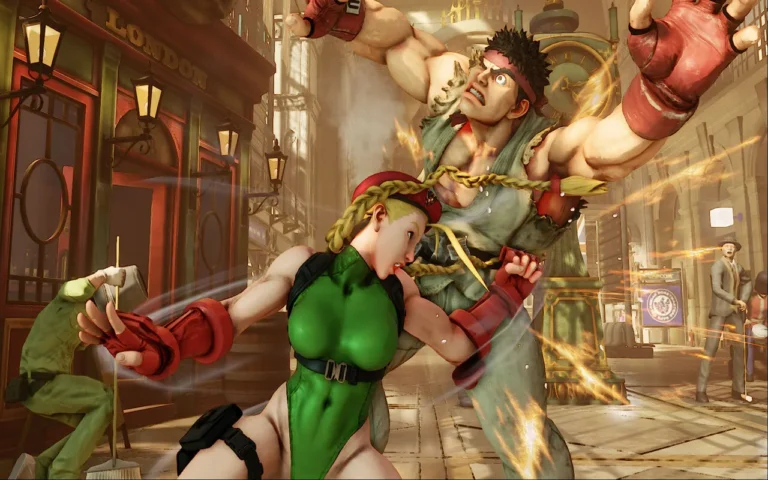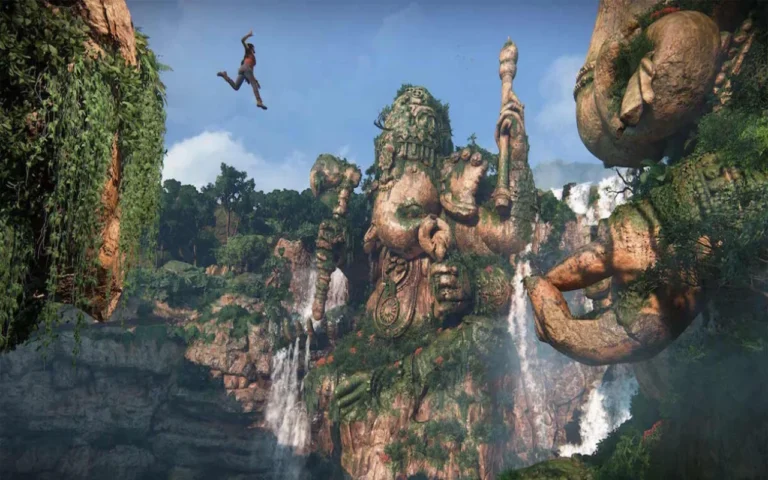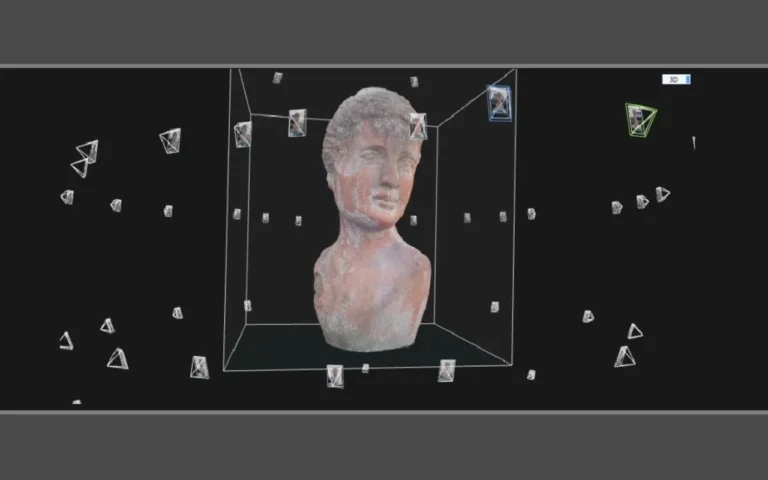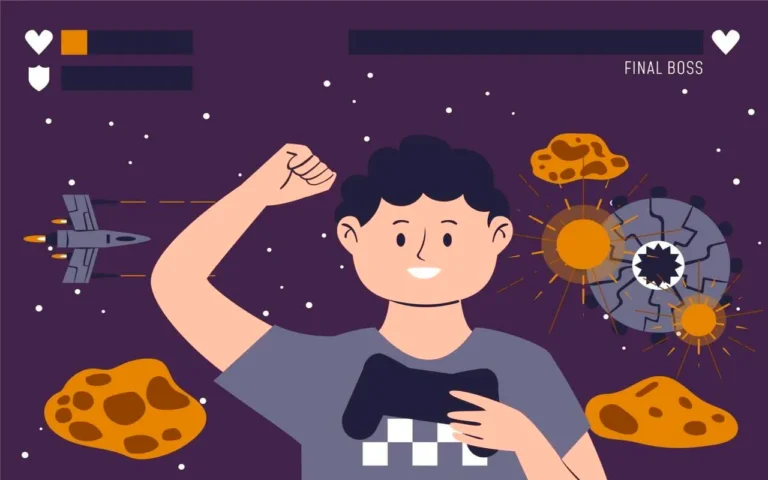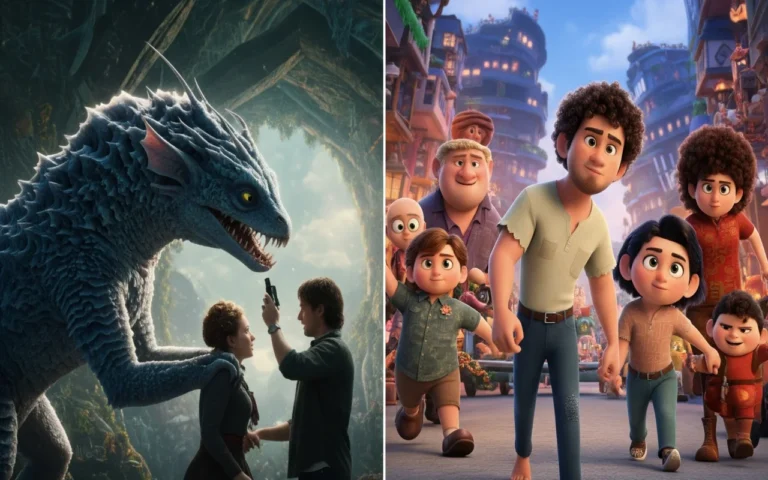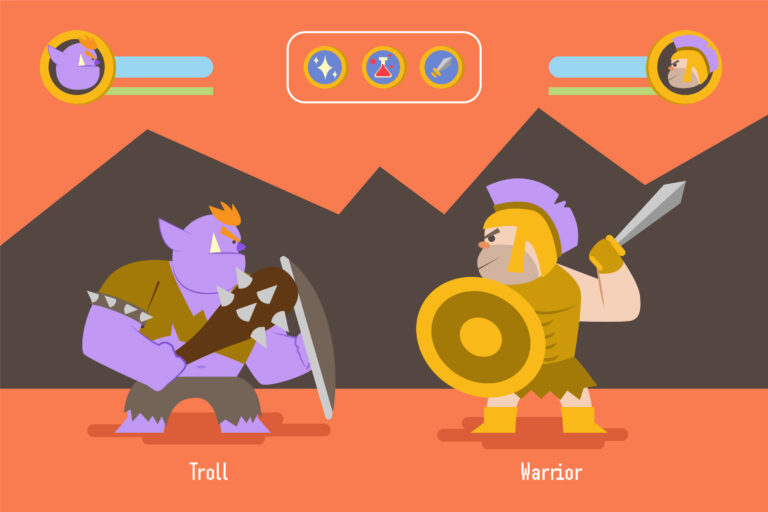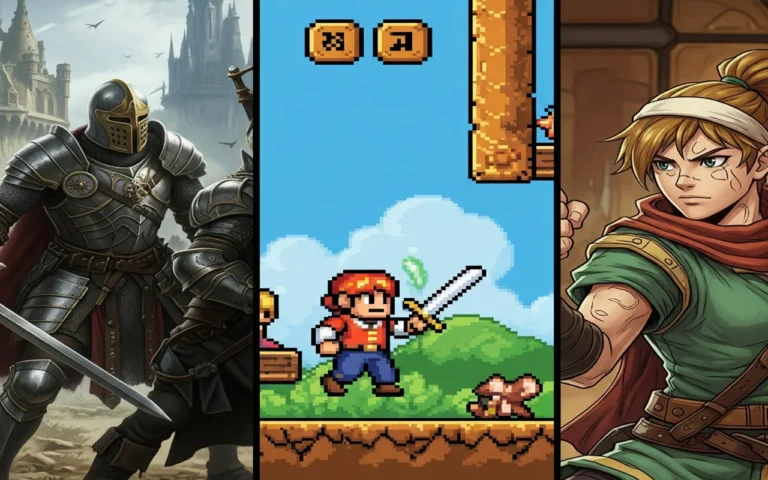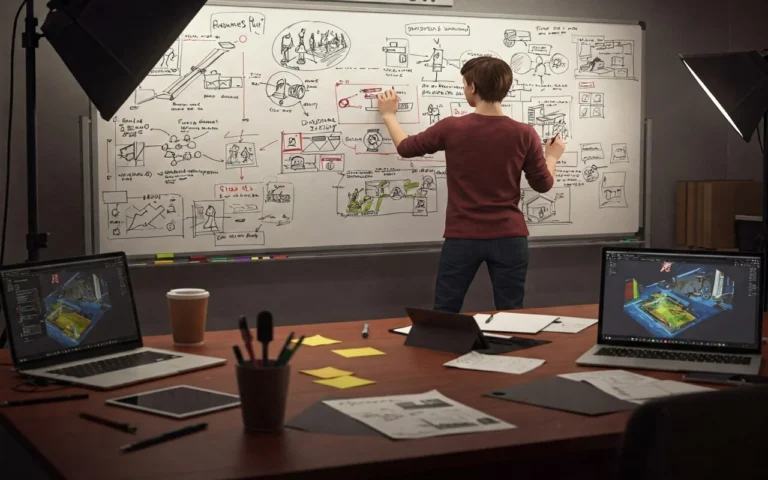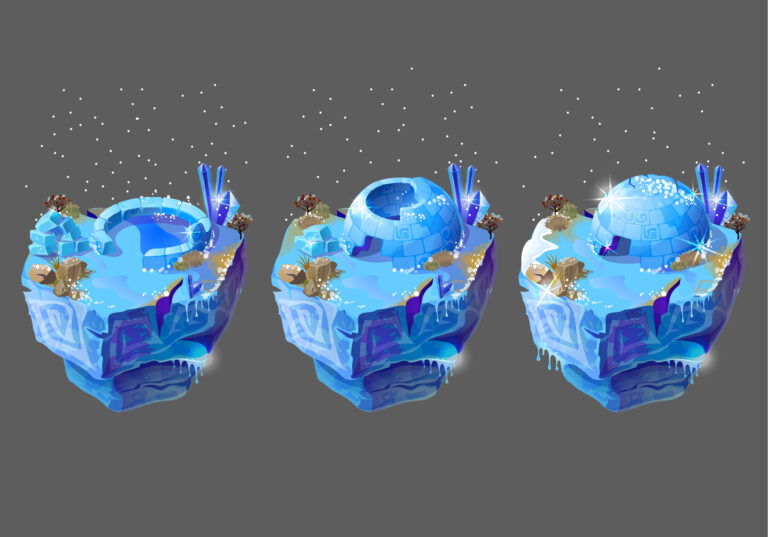Crafting a video game is one of the most demanding creative and technical undertakings in digital entertainment, and in any game art studio. The financial outlay can range from a few thousand dollars for a basic indie project to hundreds of millions for AAA game development.
The final production budget is heavily influenced by factors such as the project’s scope, chosen technology, desired game art outsourcing style, and the development pipeline’s team structure.
In this guide, we will discuss every component, from initial game design to post-launch marketing costs, to offer a transparent view of the true game development cost and strategies for effective budget management.
DISCLAIMER: All the prices which are listed in this article are approximate and take them with a grain of salt. No absolute number can be given for any of the listed fields and it’s impossible to make a definitive price list for game projects, but I have tried to estimate them as real as they could be. All the listed prices are in US Dollars.
What Factors Affect the Cost of Making a Game?
Every game possesses a unique fiscal identity. Variables such as genre (RPG, shooter, puzzle), intended platform (mobile, console, PC), and level of visual fidelity significantly affect pricing. A 2D mobile game costs might range from $20,000 to $150,000, while a large-scale 3D AAA game development project can easily exceed $100 million.
The team’s geographic location is also critical; developers based in North America typically command higher salaries than those in Eastern Europe or Asia.
The chosen game engine (Unity or Unreal Engine) and the total production timeline further compound expenses. Early understanding of these variables helps indie studios and publishers set realistic budgets and avoid subsequent financial overruns.
What Are the Main Costs in Game Development?
Developing a video game is an intricate process that demands a dedicated investment across multiple specialized disciplines. The total production budget is a mosaic of expenses, primarily driven by human capital.
Let’s break down the primary financial pillars that underpin every successful game development cost, from the initial creative blueprints to the final touches of audio and quality assurance:
Game Design
Game design establishes the core mechanics, narrative flow, and player engagement strategies. Design costs typically range from $5,000 for initial prototypes to over $100,000 for complex projects involving dedicated game narrative designers and UX experts.
Contributions include concept art documentation, gameplay balancing, and prototyping tools (like Figma or Miro). A well-defined design foundation minimizes later rework, conserving both time and money.
Programming and Code Development
Programming frequently accounts for 30–50% of the entire budget. Simple games built in Unity might cost $30,000–$100,000, while creating custom engines for AAA game development can cost $1 million or more.
Developers manage all aspects of the game, including gameplay logic, networking infrastructure, AI, and game art optimization. Employing code reuse and modular asset architecture can significantly reduce long-term maintenance expenses.
Game Art and Animation
Visuals are often the defining feature of a game’s identity. 2D pixel art may cost $10,000–$50,000, whereas 3D cinematic game art outsourcing can climb past $500,000, depending on the art style and asset volume.
Game animation, UI/UX art, and character modeling add further costs. Outsourcing art production to specialized teams frequently achieves a 30–40% savings while maintaining high standards.
Sound and Music
Sound design, encompassing sound effects, ambient tracks, and custom musical scores, can vary from $5,000 for smaller titles to over $200,000 for AAA game development orchestral soundtracks.
High-quality audio enhances immersion and emotional impact, sometimes influencing player retention even more than the visuals.
Testing, Marketing, and Distribution
Quality assurance (QA) and bug testing generally consume 10–15% of the indie game budget. Marketing, however, can potentially match or even exceed the development expenditure; AAA launches often dedicate $20–80 million to advertising campaigns.
Distribution fees, platform cuts, and localization also add up. Planning for essential post-launch support and updates is vital for sustainable profitability.
What Are the Downsides of Hiring Full-Time Staff?
While building an in-house team offers stability and deep institutional knowledge, it also comes with several limitations that can directly affect the production budget:
Financial Overhead
Full-time employees require ongoing expenses for salary, benefits, and equipment, even during periods of slow production budget activity.
An example five-person in-house art team could cost over $300,000 annually, compared to $100,000–$150,000 when selectively outsourcing on a project-by-project basis.
Creative and Operational Limits
Maintaining a fixed staff restricts flexibility. Studios may find they lack a crucial, specialized skill, such as advanced rigging or cinematic animation, exactly when it’s most needed.
Game art outsourcing provides immediate access to a wider pool of global talent without the heavy, ongoing financial commitment.
How Can You Make a Game on a Budget?
Successfully creating a game with a restrained indie game budget requires not only talent but a high degree of strategic discipline and financial forethought.
The following strategies detail how to maintain high quality while significantly reducing overall game development costs:
Prioritize Core Design and Features
Concentrate on the gameplay loop that makes your title unique. Cutting non-essential mechanics saves time and money while keeping the development pipeline focused.
Reuse or Adapt Successful Game Frameworks
Analyze and build upon successful established designs, such as match-three puzzles or idle clickers, and then innovate. Reinventing the wheel needlessly depletes both time and financial resources.
Use Ready-Made Assets and Code Templates
Marketplaces like the Unity Asset Store or Unreal Marketplace offer affordable plug-ins, shaders, and environments. Many successful indie game budget hits started with pre-made game-ready assets that were later customized to add originality.
Reduce Art and Sound Costs with Stock Libraries
Royalty-free libraries such as ArtStation Marketplace, Envato, and Freesound provide affordable, legal assets. Small customization efforts can make these assets feel unique.
Partner with Specialized Outsourcing Teams
Professional outsourcing partners deliver high-quality game art and programming without the internal overhead. Experienced vendors can quickly scale up resources as required, ensuring predictable costs.
How Much Does It Cost to Make Different Types of Games?
The question of game development costs is almost impossible to answer with a single number, because the final budget is fundamentally tied to the game’s genre (for instance, indie vs. AAA games) and the expected level of polish.
Here is a breakdown of the typical financial ranges and key drivers for the three most common segments: Indie, AAA, and Mobile game costs.
Indie Game Development Costs
Most indie game budget projects cost between $10,000 and $500,000, depending on team size and scope. Engines like Unity and Godot, both among the best game engines, lower the entry barrier, and many indie studios rely on revenue sharing or small-game publishing deals.
AAA Game Development Cost
AAA game development productions frequently exceed $80–200 million, including the massive marketing cost. These high figures are driven by enormous teams (100–500 people), complex custom engines, and the demand for photorealistic assets.
Recent notable examples include Red Dead Redemption 2 (around $170M) and Cyberpunk 2077 (around 150M+).
Mobile Game Development Cost
Mobile games are relatively more accessible, ranging from $20,000 for casual 2D apps to $500,000+ for advanced 3D or multiplayer experiences. Game monetization models, such as mobile game ads and in-app purchases, can often quickly offset the initial investment.
What Are Alternative Ways to Create a Game on a Minimal Budget?
When traditional routes to securing publisher funding or large capital investments are unavailable, developers must get creative to minimize game development costs.
These alternative approaches are essential for turning ambitious projects into reality within the constraints of a strict indie game budget.
Start Small and Scale Later (MVP)
Begin with a Minimal Viable Product (MVP) for game design. If the core game gains market traction, gradually expand the content. This strategy significantly reduces upfront risk and allows for early testing of market fit.
Build Partnerships and Revenue Shares
Collaborate with programmers, artists, or musicians who are willing to work in exchange for future royalties. Clear legal contracts protect all parties and align long-term motivation.
Can You Make a Game for Free?
While a truly “free” game is nearly impossible, costs can be drastically minimized using free engines (like Godot or Unreal), open-source assets, and volunteer/hobby teams. However, be prepared for trade-offs in final polish and development speed.
Pixune Studios: A Smart Choice for Outsourcing!
Pixune Studios effectively combines top-tier artistic expertise with highly cost-efficient production pipelines. From stylized art to full in-game asset design, Pixune Studios offers a level of quality competitive with larger AAA studios, without the high overhead.
For studios seeking the optimal balance between creative ambition and a controlled production budget, Pixune provides the ideal blend of artistry and resource scalability.
Final Words
The ultimate game development cost can vary widely, but success is achievable through strategic planning, judicious outsourcing, and clear creative direction.
Whether your goal is a modest indie gem or a major, large-scale production, a firm grasp of how your money is allocated is critical for ensuring both high quality and long-term financial sustainability.
